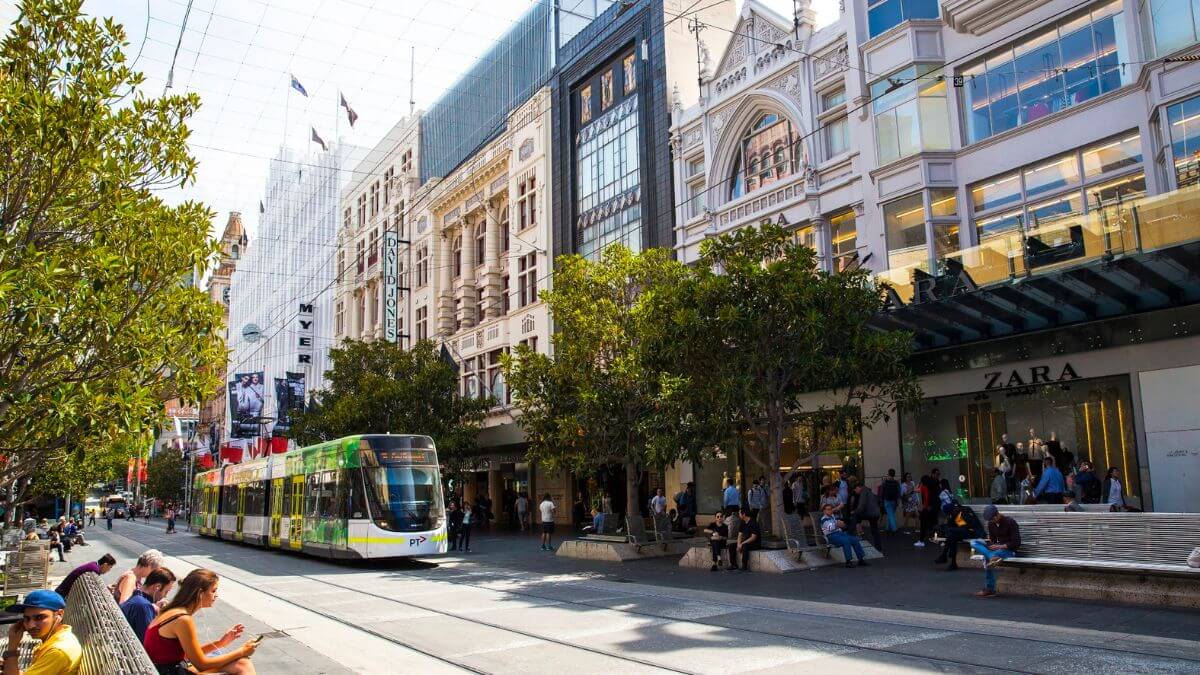By the 1880s, Melbourne had established an international reputation as one of the world’s major cities. When Mark Twain visited in 1895, he complimented the city, while British journalist George Augustus Sala named it “Marvellous Melbourne” in 1885. Augustus Sala has come and gone, but his nickname for the city has endured.
Skyscrapers, street art, and modern transit may all be found in Melbourne. Here are 7 unique Melbourne experiences revealed by locals.
Visit the famous church of St. Paul’s Church and St. Patrick’s Church
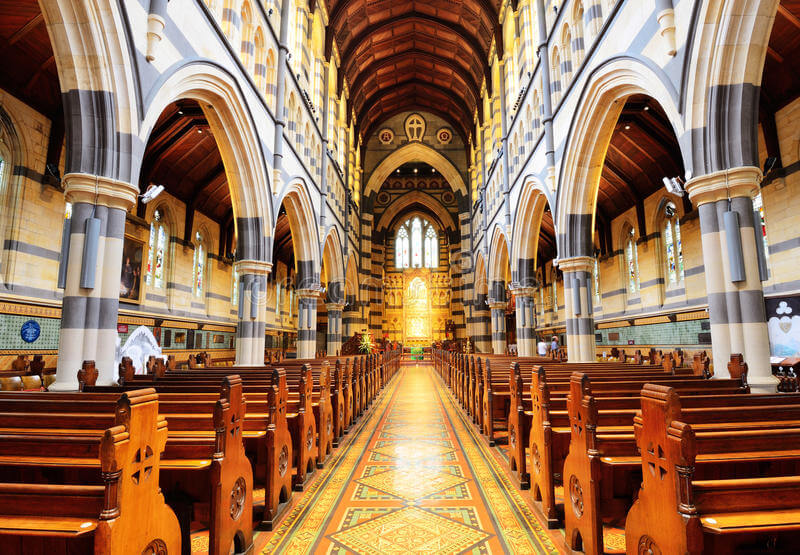
St. Paul’s Cathedral was built in the Gothic Revival style, diagonally opposite Flinders Street Station, with spires reminiscent of huge medieval churches. In 1880, the foundation stone was set. Inside, you’ll find a kaleidoscope of carvings, alabaster, marble, Venetian glass mosaics, and stained glass. After Salisbury Cathedral, the central spire is the second tallest in the Anglican Communion. It is open from 10 a.m. to 3 p.m. Tuesday through Saturday, with free admission and self-guided excursions.
St. Patrick’s Cathedral (1858-1940) was built in honor of Ireland’s patron saint. It is Australia’s largest church structure. The Gothic bluestone cathedral is imposing. I’ve strolled past late at night, imagining Nosferatu lurking beyond the iron fencing. William Wardell, Melbourne’s leading ecclesiastical architect at the time, designed St. Patrick’s. When viewed from above, the structure resembles a Latin cross. Outside, stroll the Pilgrim Path, taking in the soothing sounds of trickling water and inspirational words before examining the gargoyles and spires. There is a cathedral shop and there is no admission cost. It’s a lovely walk close to the magnificent Fitzroy and Treasury Gardens.
Take a stroll down trendy Collins Street – Unique Melbourne Experiences
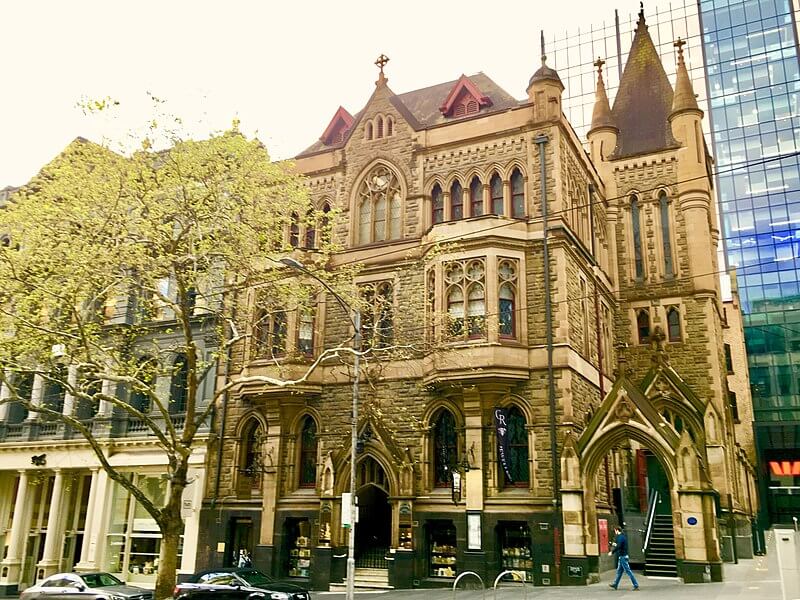
A stroll down Melbourne’s famed Collins Street is a must-do. The Old Treasury Building, at the top, was built in 1857 to hold the gold bullion flooding into Melbourne from the Victorian goldfields. Enjoy free admission and displays.
Continue strolling down Collins Street’s Paris End, a tree-lined boulevard dotted with luxury stores such as Hermes, Dior, Fendi, Versace, Cartier, and Tiffany & Co.
Continue on the golden mile until you reach the banking district. The gold rush in Victoria (from 1851 until the late 1860s) fueled the construction of neo-Gothic and Italianate banks and insurance buildings. My personal favorite is the ANZ Gothic Bank, Australia’s best secular Gothic-Revival structure. The exterior, with its towers and turrets, resembles a fantasy castle. The grandiose Venetian-Gothic-style interior, on the other hand, is spectacular. Massive columns and soaring, hand-painted ceilings dripping with 23-karat gold leaf were installed with no money spared. According to folklore, it contains enough gold to wrap around the equator. Take note of the miner panning for gold (the foundation of the bank’s wealth) through the leadlight window. William Wardell designed it, like he did St. Patrick’s.
Unravel The Maze – Unique Melbourne Experiences
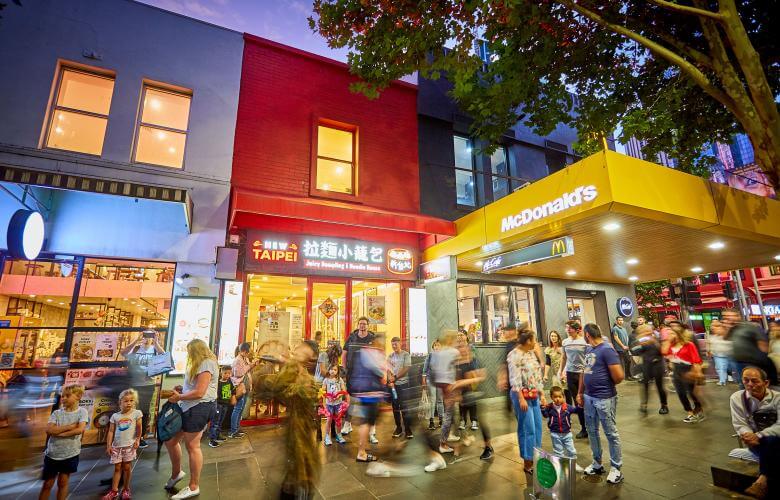
Tourists traveling up Swanston Street, through garish tourist stores, may murmur to themselves, “Well, this isn’t really exciting.” They should leave the main strip and take a laneway to explore Melbourne’s hidden gems. In 1837, surveyor Robert Hoddle constructed Melbourne as a grid. He created a maze of well-trodden laneway shortcuts since the inhabitants couldn’t be bothered travelling the long way round when their destination was nearby. Previously home to alley cats and trash cans, the laneways are now known for street art, one-of-a-kind stores, galleries, hidey-hole cafés, and secret bars. Join a walking tour, get a map, or simply follow a local.
From the 1860s until the 1930s, “doing the block” refers to well-dressed folks promenading down Collins Street between Elizabeth and Swanston Streets. It used to be a location to see and be seen, as well as chance encounters with the opposite sex. Following this pattern, Carpenters Lane was renamed the Block Arcade. After a fire destroyed the area, it was rebuilt as a shopping arcade in 1892, modeled after Milan’s Galleria Vittorio Emanuele. Mosaic-tiled flooring, stained-glass windows, a glass canopy and skylights, and carved stone finishes distinguish this Victorian-era arcade. It’s still a sight to behold.
Enjoy Gin at Little Lon Street
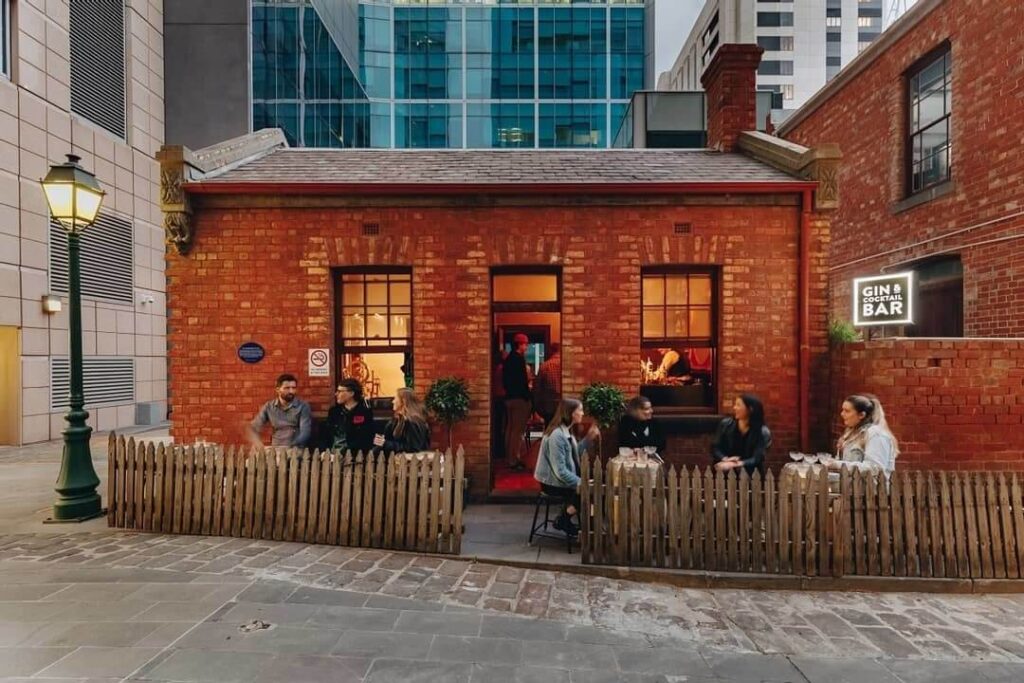
Little Lon was an infamous slum known for prostitution, opium dens, and petty crime. The government cleaned up the region in 1948, replacing run-down houses with office complexes. The excavation of these foundations created massive holes, and Little Lon became the scene of archaeological explorations that revealed much of the area’s intriguing past.
The seventeenth number Casselden Place was the sole single-story 19th-century structure that survived demolition. It was once a brothel and a sly grog shop, but now it houses Little Lon Distillery, a boutique bar and gin distillery.
As the gins are named after the inhabitants, you can sip drinks while learning about Little Lon’s infamous people. Ginger Mick was a well-known local rogue. Arthur “Dutchy” Thomas was a thug, and his gin bears his name with swagger and Dutch bravado. The lychee-infused Little Miss Yoko pays homage to Yokohama, a Chinese-descent prostitute who has worked out of the cottage for over 15 years. The 10-foot gin is still kept in her previous “business” room. Proudfoot (a London dry gin) is named after a constable who patrolled the neighborhood and loved to stop in for “a cup of tea.”
Historic Homes – Unique Melbourne Experiences
The National Trust of Australia (Victoria) safeguards and preserves historic sites. Visit the Como House and Garden in South Yarra. The grand house, which was built in 1847, is a mix of Australian Regency and classic Italianate architecture, and it provides a glimpse into the privileged lifestyle of its former owners, the Armytage family.
Ripponlea Estate, however, is my favorite National Trust property nearest to Melbourne’s CBD. The mansion was erected in 1868 for Frederick Sargood, who sold products on the goldfields. The 14-acre Victorian pleasure garden is the most impressive feature, a quiet paradise with meandering walkways, century-old trees, a lake with bridges, and even a grotto.
Miss Fisher’s Murder Mysteries, a popular Australian detective series, features both homes.
Exhibitionism – Unique Melbourne Experiences
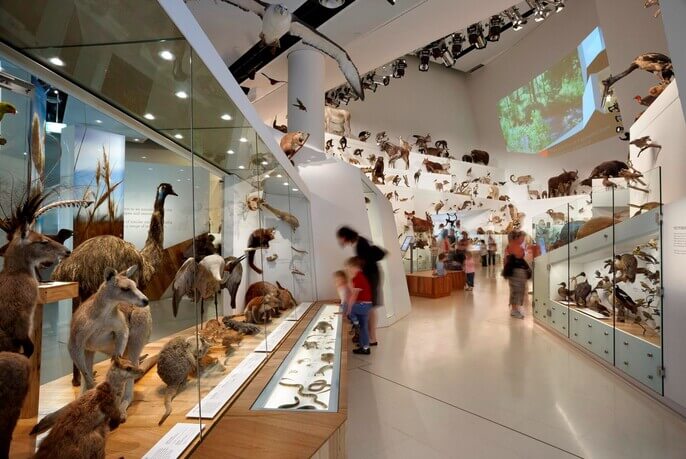
The Melbourne Museum is a post-modernist structure near Queen Victoria Market that is easily accessible from the city. View the life-size dinosaurs and stroll through the Forest Gallery, which is a recreation of Victoria’s mountain terrain replete with tall eucalypts, ferns, and even mists. The Melbourne Story show includes the Little Lon Collection.
The Royal Exhibition Building, adjacent to the museum in the Carlton Gardens, is the museum’s greatest display. The UNESCO World Heritage-listed Royal Exhibition Building, built for the 1880 Melbourne International Exhibition, has long charmed and terrified Melburnians. The gorgeous edifice is one of the world’s only intact 19th-century exhibition buildings, which is terrifying because this is where many of us sat for our exams.
Top 7 must-do activities in Montreal, according to a local
